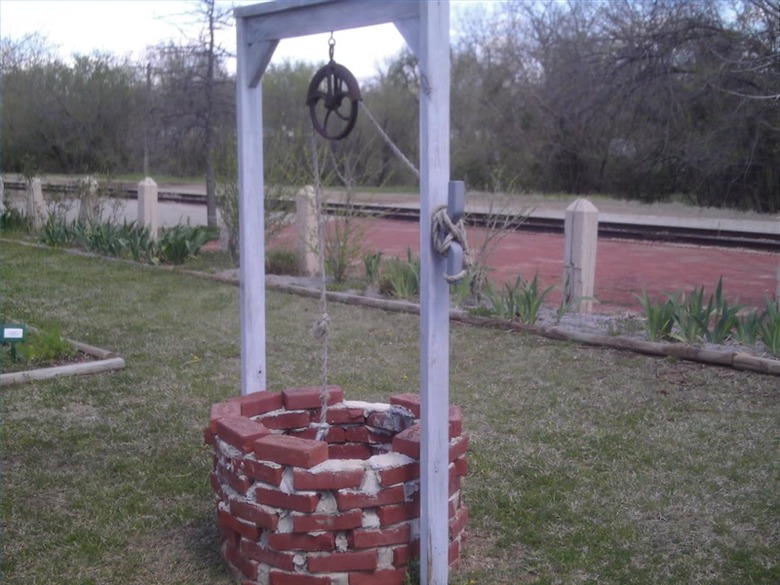How To Balance The Ph In A Water Well
Things Needed
-
Acidic water treatment:
-
Calcium and magnesium carbonate
-
Sodium hydroxide
-
High-pH water treatment:
-
Citric acid
-
Vinegar (acetic acid)
The pH in well water is determined by the dissolved salts and minerals it contains. These leach out of the surrounding rocks and soil. Acidic well water (below pH 7) is caused by dissolved carbon dioxide, a lack of calcium, or mining or industrial runoff. It can also be caused by water that percolates through decaying vegetation in boggy areas. High-pH water is less common and is caused by excessive minerals like calcium, boron and magnesium. High-pH water can have a sulfur smell–like rotten eggs. A quick test of pH: wet your fingers and slide them across each other. If they feel sticky or squeaky, that indicates acidic water. If they feel slippery, that is high pH.
Step 1
Determine the pH of your well water with litmus paper or other pH test. A standing well can serve as its own reservoir for treatment. Indicators of acidic water are rust stains on porcelain or blue/green copper stains.
Step 2
Raise the pH by adding calcium carbonate or sodium hydroxide. Follow manufacturer's guidelines for how much to add. Adding too much will raise the pH past neutral.
Step 3
Check the pH again. The water should be swirled, aerated or agitated to mix in the pH adjusting salts. Allow it to stand for at least 20 minutes–longer is better. If the pH is too high, add citric or acetic acid (vinegar). Adjusting the pH of your well will increase the salinity, so adding as little as possible to adjust the pH is the best policy.
Step 4
As the water is used, it will be replaced by the same groundwater, so check pH frequently and adjust as necessary.
Step 5
If the well has no reservoir, it has to be run through a filter or reservoir to adjust the pH. Acidic well water can be treated with an acid neutralizer filter. These filters contain calcium and magnesium carbonates to neutralize the acidity.
Step 6
Well water with acidity below pH 5 may require a soda ash feeder or an injection of sodium hydroxide. (http://www.cleanwaterstore.com/acid-well-water.html)
Step 7
Well water with high pH should be run through a reservoir where you can add citric or acetic acid to lower the pH.
Step 8
Filters, water softeners and reservoirs may have to be flushed and regenerated periodically. Check the manufacturer's suggested maintenance routines and follow them.
Step 9
If the water is used for irrigation, crops or drinking, it is a good idea to check the salinity using a hydrometer. Above 1.5 percent salinity is generally considered unsafe (http://www.epa.gov/reg3hwmd/risk/eco/faqs/misc.htm).
Warning
Adjusting the pH will always raise the salinity, making the water less suitable for repeated irrigation or consumption by livestock or humans. High pH waters often have other problems such as sulfur, boron and iron contamination. Have your water thoroughly tested to know how to properly treat it. Other trace metals may also be present.
